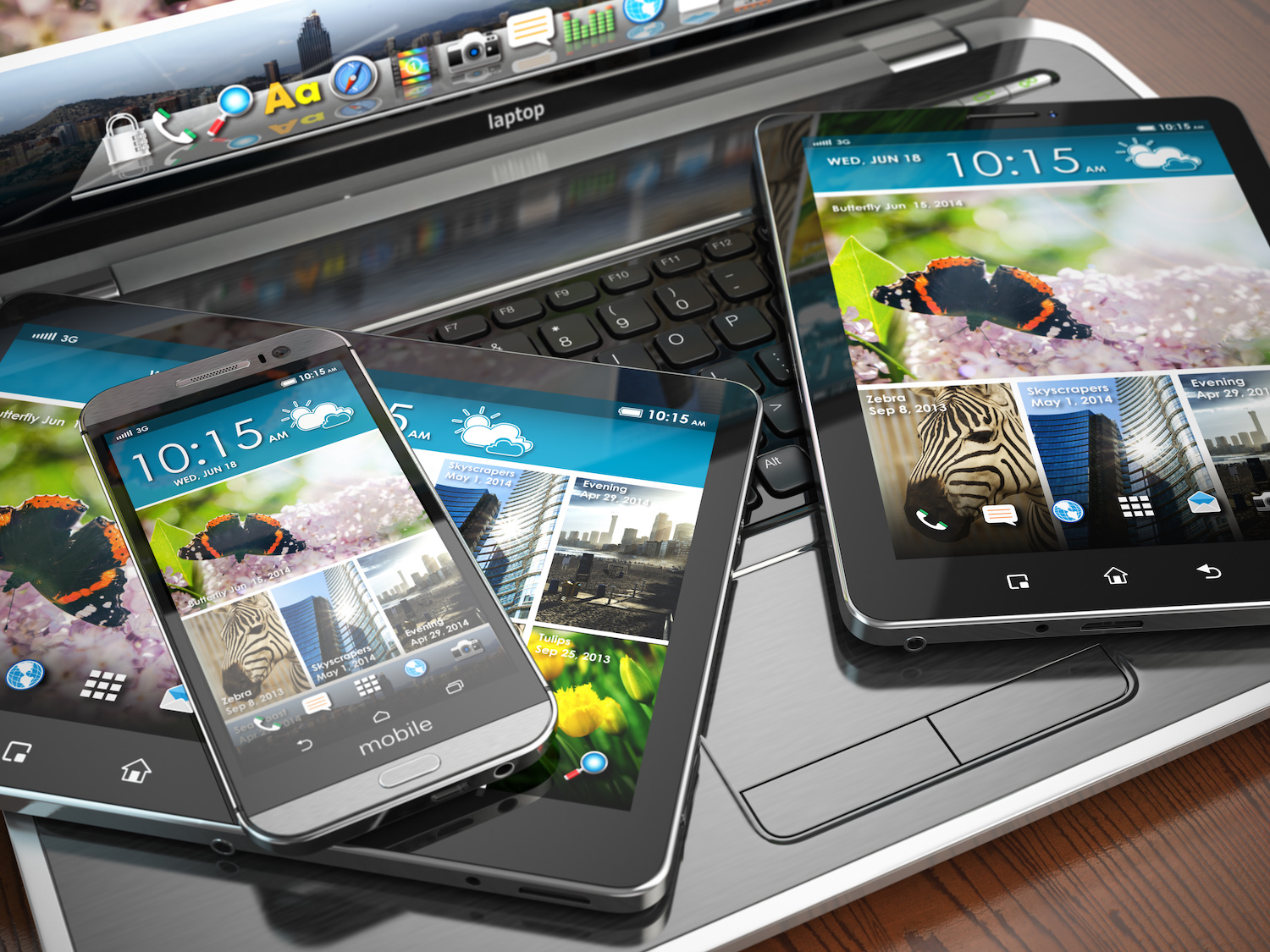It’s a fact now – mobile users are dominating the World Wide Web, so it makes sense to ensure your website is mobile-friendly. But what does this mean, exactly? It means you need a custom Web design that will cater to smartphones and tablets. It’s best to obtain custom website design from premium SEO services. This way, your website will have all the bells and whistles to boost its search results and get seen by more potential customers.
Why is mobile-friendliness important in the first place? Any marketing services provider will tell you that it’s key for lead generation, but how do you go about making a mobile-friendly website?
1. Don’t Create a Separate Mobile Website
A website that is mobile-friendly means it has a responsive design, reformatting the page layout based on the screen size the reader is using to improve user experience. So there’s no need to have a separate website just for mobile-device users. Your one site should accommodate the needs of both types of visitors. A responsive design will resize images and reduce the need for scrolling to help users find the information they are looking for quickly.
2. Be Mindful of Loading Times
Websites with too much going on can slow down the loading times, which will cause users to leave, or bounce, from your site. This will plummet lead generation to all-time lows, so ditch the over-zealous graphics and animations and opt for a more simple design. Any interactive bits you put on your site should have a purpose.
3. Implement a Viewport Meta Tag
This type of tag is responsible for resizing the screen based on the device being used. It tells the browser how it should view the website. A web design expert can put in exactly how it should be sized and scaled based on different scenarios. Without this tag, your website won’t be easily viewed on mobile devices.
4. Pay Attention to Font and Button Sizes
This is an obvious one – a mobile device doesn’t use a mouse to navigate,it requires you to use your fingers and thumbs, and some people have larger thumbs than others. It’s also important to consider the size of the screen. Not everyone has the luxury-edition 5 inch smartphone, so you’ll need to use a font that is at least 14px for content and 12px for labels and forms.
5. Test, Test and Test Some More
The best way to know what works and what doesn’t is to continue testing. Premium SEO services can be beneficial for determining the best design, layouts and plugins to use to make your site as user-friendly as possible, no matter the device readers using. Make sure the site is tested on multiple types of devices, including those running iOS, Android and Windows.

